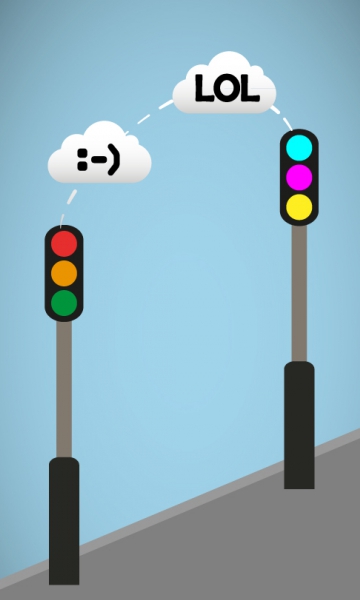Imagine for a moment that streetlights could adjust their brightness to the needs of the moment, or that rubbish containers could let the collection services know when they are full. It is no longer science fiction: with the internet of things in the smart city, the future is now.
The internet of things means that all objects are interconnected, everyday objects such as streetlights or a rubbish bin in the street. These are then fitted with sensors and connected to the internet. This internet connection is not for surfing but to collect, store and transmit in real time information about our environment and the various interactions it generates.
This huge network of interconnected objects – the internet of things – opens an almost infinite world of new possibilities and services. For example, the city of Nice has equipped its streets and streetlights with some 200 sensors that collect information about the traffic situation, the cleanliness of the roads and pollution. This information is then analysed and used to manage the city more effectively. Controlled by sensors placed high up, a streetlight can adjust its brightness when pedestrians pass by and reduce this again when there is no movement or when care lights provide adequate lighting. This can lead to energy savings of up to 30%.
Sensors built into the road can tell in real time how many parking spaces are free and where these are located, send this information directly to motorists and also accurately map the air and noise pollution in the different parts of the city.
Better still: this information, gathered by the authorities, can subsequently be used by anyone to develop new services and contribute to a better city life. This is known as Open Data: government information made available electronically to the public (for example in the form of maps, tables and graphs).
The future of the internet of things is ensured. At present there are already more than 15 billion interconnected objects worldwide, a number that is expected to exceed 80 billion by 2020. In other words, in the smart city they will be omnipresent and do their bit to make our cities more sustainable, more efficient and more resilient.
